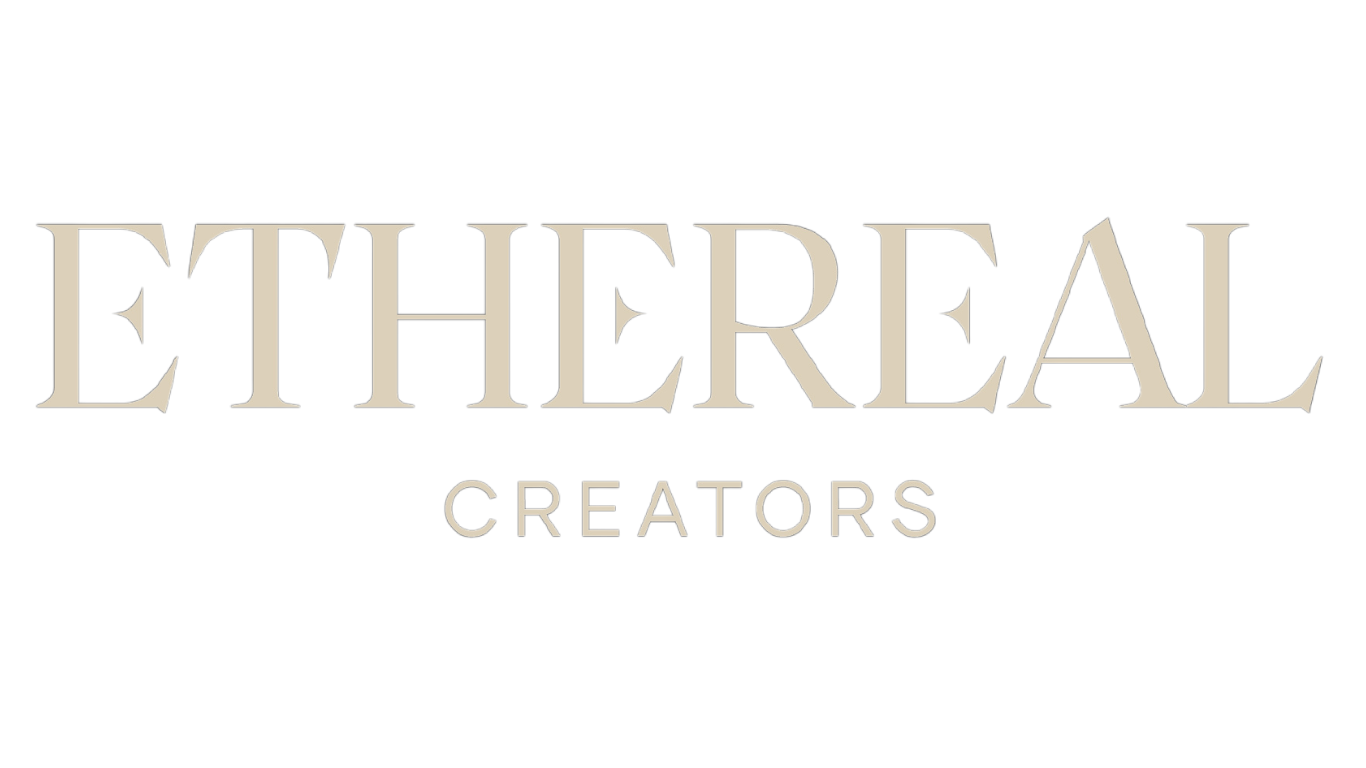Wedding Mood Boards 101
What Is a Wedding Mood Board?
A mood board is a visual collage that captures the overall aesthetic of your wedding — from color palettes and florals to textures, lighting, and tablescape inspiration. It sets the tone for every design decision you make.
Whether you’re working with a planner or designer, or planning it yourself, a strong mood board helps ensure everyone shares the same vision.
Why You Need One
Communicates ideas clearly to your vendors
Keeps your design cohesive
Prevents decision fatigue when choosing between options
Aligns you and your partner on the vibe of the day
Step 1 – Start With Keywords
Before saving a single image, write down a few words that describe your ideal wedding. For example: Romantic. Modern. Organic. Minimal. Luxe. Dreamy.
These words become filters to help you select imagery that matches your vision — and ignore what doesn’t.
Step 2 – Find Your Inspiration Sources
Gather images from:
Pinterest boards
Instagram (use hashtags like #weddingdecor or #modernwedding)
Wedding blogs and publications
Past event photos from your venue
Fashion, interior design, art, and nature
Don’t limit yourself to just weddings — mood boards often pull in architecture, fashion, or editorial shoots.
Step 3 – Choose a Consistent Color Palette
Narrow down your palette to 3–5 key colors.
Balance neutrals with accent tones. Use color palette tools (like Coolors or Adobe Color) if needed.
Step 4 – Organize Your Board Like a Pro
Divide your board into sections:
Color Palette
Florals
Tabletop Decor
Backdrop/Stage Design
Lighting & Ambience
Bridal Style (optional)
This helps designers, planners, and florists extract actionable ideas from it.
Use tools like Canva, Milanote, or Adobe Illustrator for a clean layout. Or create a private Pinterest board and label each section.
Step 5 – Edit Ruthlessly
This is where many mood boards go wrong. Don’t overload your board with every image you love.
Choose only images that align with your keywords and tell a consistent story.
Step 6 – Add Notes and Context
For each image, add a quick note:
"Love the floral density here"
"This drape style feels too heavy"
"Would like to recreate something similar in our entryway"



